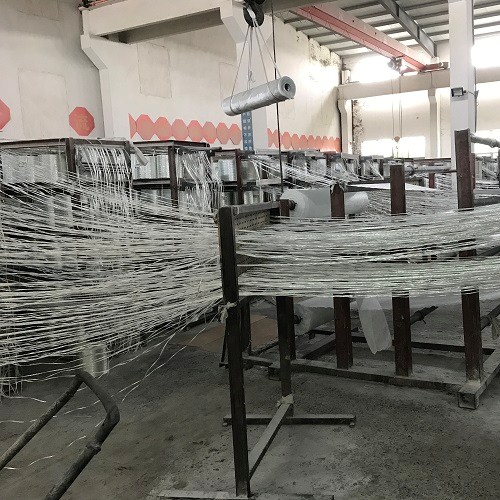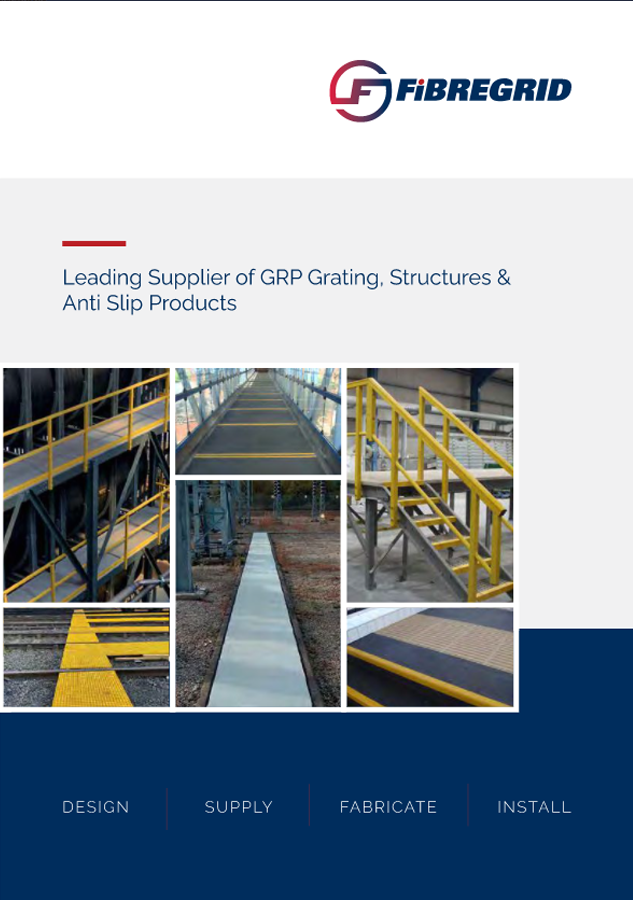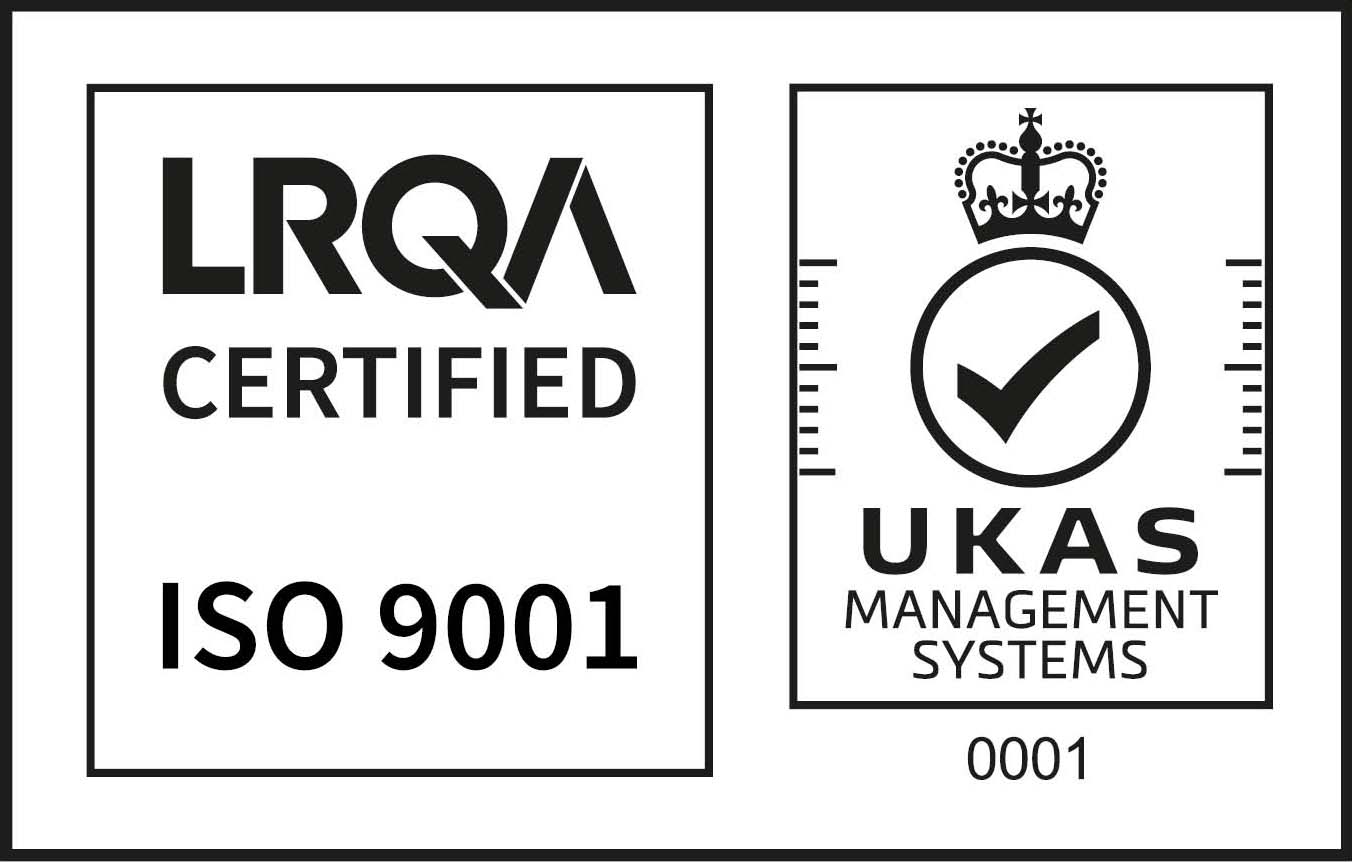December 2022 Question
 |
|
What is GRP? |
|
GRP stands for ‘Glass Reinforced Plastic'. It is a material made from a polyester resin, which is reinforced by chopped strand mat glass fibres to form a GRP laminate. GRP was invented by Games Slayter in 1933 and was originally used on boats and water containers but has since been developed and become one of the most widely used materials in the construction industry. Today’s GRP is far superior to that of the forties and fifties, although the principal is still the same – a durable, lightweight, flexible, fully reinforced and waterproof material capable of being moulded to any shape. |
|
Production process In order to make glass fibres that are suitable for GRP, materials such as silica sand, clay, limestone and other minerals are gradually melted in a furnace until they are liquefied. This liquid is then pushed through bushings, creating tiny little strands of the filament which are then coated with a special chemical solution. Once this process is complete, the individual strands are then bundled together to produce what is called a ‘roving’. The diameter of each strand and number of strands in each bundle determine the weight of the roving. |
|

|
|
The rovings are either used in the composite application or are used to make chopped strand mats, which are the basis for many GRP products we use today. Different weaves of fibreglass can be manufactured for a range of different practical applications. The pattern determines the weight and strength of GRP, so depending on your needs a different type of strand mat will be used. Once enough of these chopped strand mats have been made, they can then be used in moulds to create a range of products. Moulds are first treated with a special chemical mix which consists of resin, a hardener, a catalyst and pigment to ensure nothing sticks to it. Once this has dried and cured, the first strand mat layer is fitted to the mould. This process is then continued, with a layer of resin and a catalyst added after each new strand mat. Like before, it is then left to cure before another is placed on top. It is this process that gives GRP its signature strength and the more layers that are added to the mould, the stronger the end product will be. |
|
The advantages of using GRP over other materials include:
Design Freedom GRP’s unique physical properties allow it to be easily tooled, moulded and manufactured to meet almost any specifications. Plus, with GRP, there are few limits on size, shape, colour or finish. Versatile and Affordable GRP reduces the products weight and requires less maintenance making it highly attractive over more traditional materials like timber, metal or brick. Strong and Durable GRP has a high strength to weight ratio and high flexural strength, this means it is a lightweight material that is also super strong. GRP also has high resistance to; ultraviolet light, extreme temperatures, salt air and chemicals including most acids. Products made from GRP require very little maintenance - no rust, no painting, no wood rot. Appearance GRP products can be produced in many finishes, textures and colours. Below is an image of our GRP Heavy Duty Embedded Grit Top Grating that was installed at Ipswich Haven Marina.
Click here to see our full GRP Grating range.
|
|
 |








